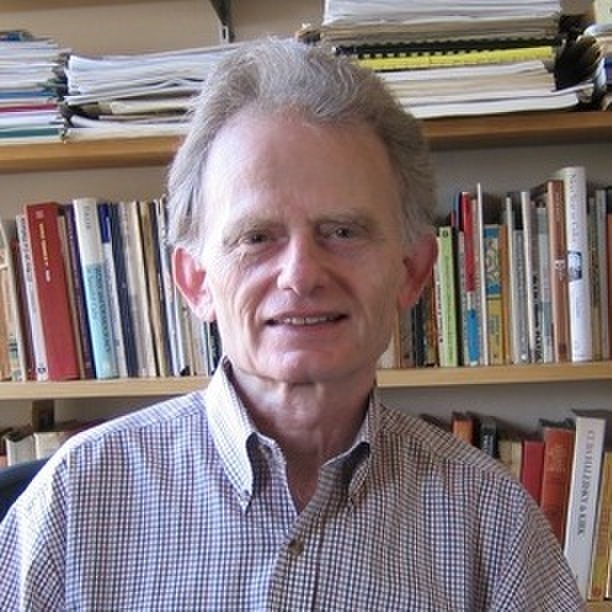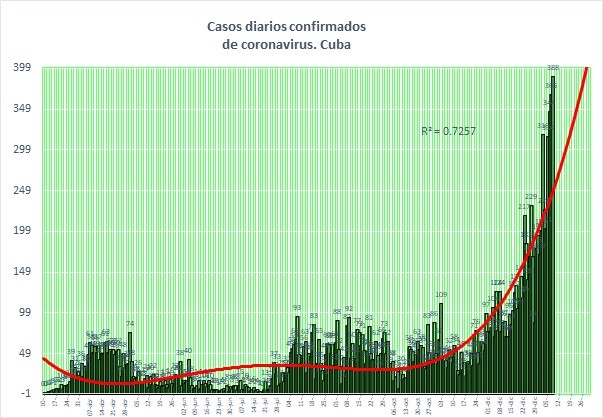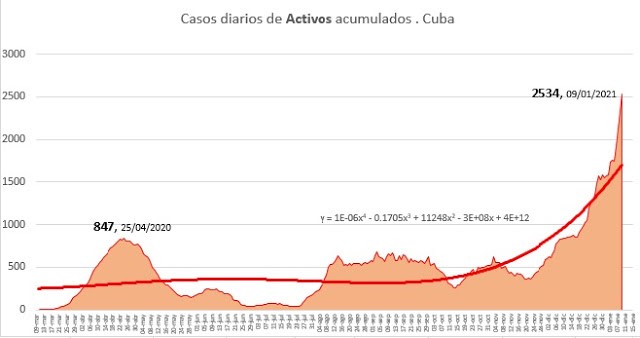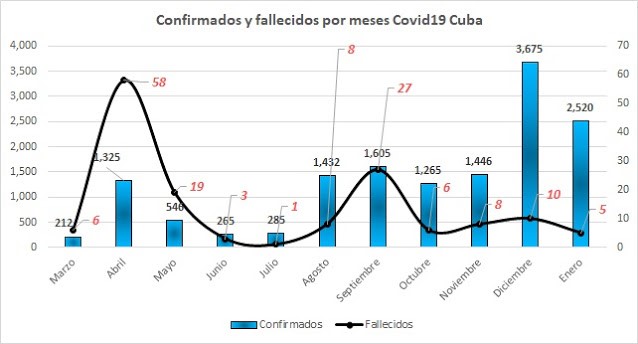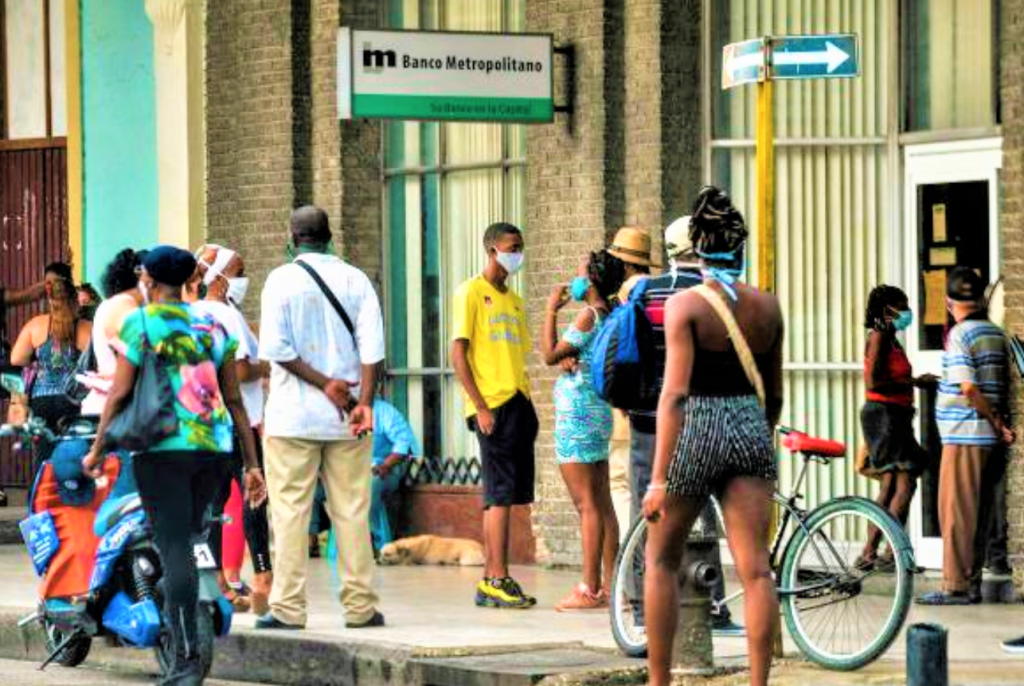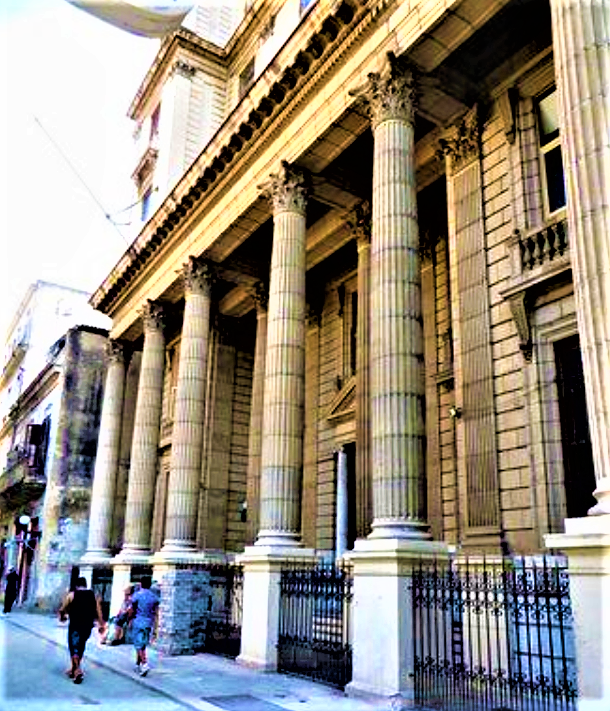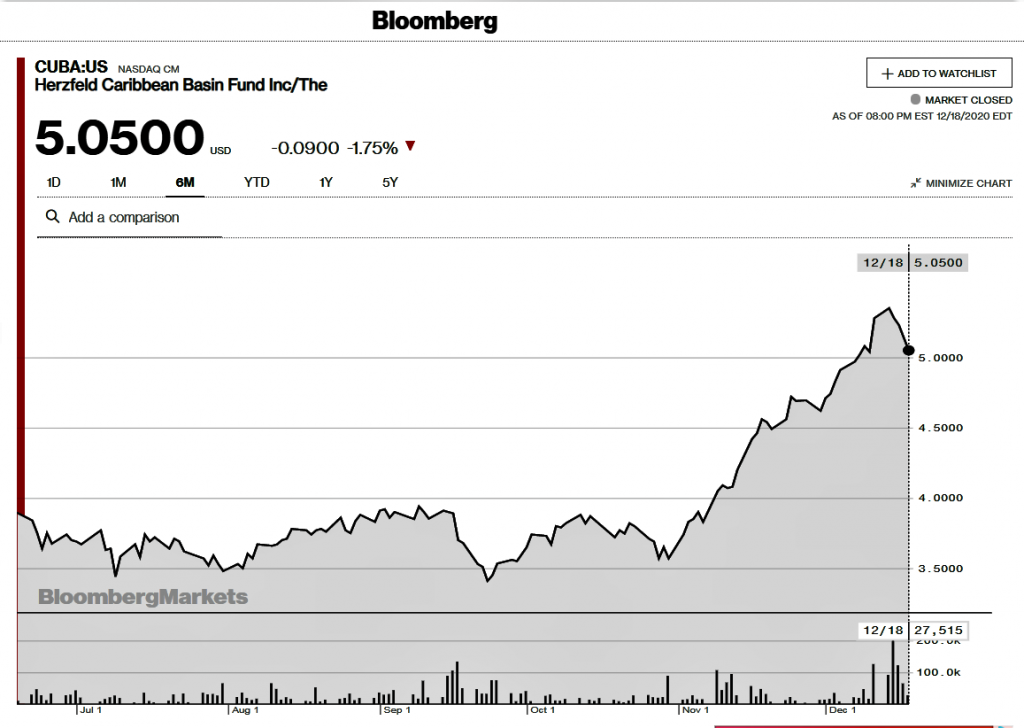Fecha: septiembre 8, 2020
Autor: Mauricio de Miranda
Articulo Original: Unificación Monetaria

Desde hace varios días en diversos medios de prensa cubanos han comenzado a aparecer argumentos sobre la necesidad de proceder a la unificación monetaria y cambiaria, haciendo énfasis en las consecuencias negativas del establecimiento de una dualidad monetaria en los años 90 del siglo XX. A esto se suman muy recientes rumores, no confirmados, que indicarían la posibilidad de que en poco tiempo se suprima la circulación del peso convertible y la unificación de precios en pesos cubanos de los bienes y servicios que se ofrecen en las redes comerciales estatales, así como una nueva tasa de cambio única que devaluaría considerablemente el tipo de cambio oficial actual de 1 USD = 1 CUP que solo funciona para las empresas del Estado, pero que, al parecer, revaluaría la actual tasa de mercado, también oficial, de 1 USD = 24 y 25 CUP (según se trate si es tipo de cambio de compra o de venta de la moneda extranjera). A estos rumores se suma la existencia de una supuesta nueva escala salarial que funcionaría para el sector estatal y que multiplicaría en varias veces todos los niveles salariales actuales (sin que se diga nada de las pensiones de jubilación antiguas).
Lo curioso es que todo esto ocurra unos meses después que el gobierno cubano decidiera abrir tiendas minoristas en las que se venderían una serie de artículos, considerados de “alta gama”, pero que después se ampliaron a bienes de primera necesidad, usando tarjetas magnéticas, respaldadas por depósitos en dólares u otras monedas libremente convertibles (MLC), lo que ha significado, en la práctica, una nueva segmentación del mercado en productos que se venden en divisas extranjeras y productos que se venden en las monedas nacionales y que, eventualmente, se venderían en una sola, como resultado de la “unificación”. Así las cosas, vale la pena aclarar que toda vez que circulen diversas monedas en un mercado, así sea a partir de la existencia de depósitos a la vista, no estamos en presencia de una real unificación monetaria.
Uno de los problemas de la dualidad monetaria existente ha sido la multiplicidad de tipos de cambio, pero sobre todo la persistencia, durante 60 años, de un tipo de cambio fijo, artificialmente sobrevaluado, del peso cubano respecto al dólar estadounidense, que no refleja las condiciones económicas reales de la economía nacional en relación con la economía internacional y que ha distorsionado seriamente la competitividad de todo el sistema empresarial cubano.
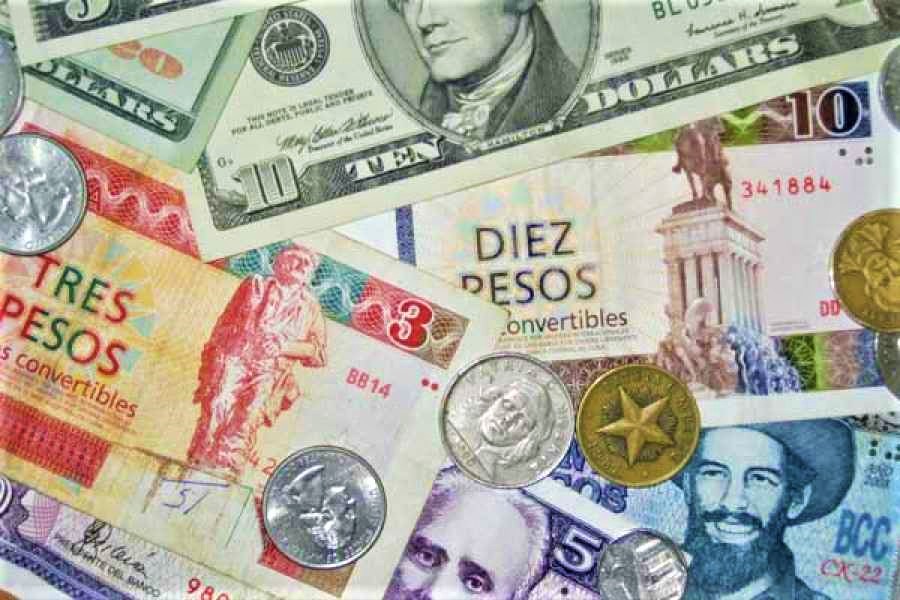
Se puede establecer una nueva tasa de cambio, se pueden modificar los precios y se pueden reformar los salarios y jubilaciones, pero con ello solo se pondrá un orden momentáneo a las relaciones monetarias y a los sistemas de precio y de salarios en el país, pero no necesariamente se pondrá fin a las distorsiones del sistema económico cubano ni del sistema monetario en particular.
La existencia de un mercado, por limitado que pueda resultar, en el que el peso cubano no cumple sus funciones como dinero va a generar una demanda adicional de las divisas extranjeras en el mercado informal, generando opciones de beneficios extraordinarios para quienes operen este mercado informal. Si, como es usual, se persigue a estos actores económicos con medidas punitivas solo se conseguirá aumentar la brecha entre los tipos de cambio entre los mercados formales e informales. Por tanto, sería prudente adelantarse a este tipo de escenarios con la adopción de medidas económicas adecuadas.
¿Cuáles deberían ser este tipo de medidas?
- Será necesario definir qué tipo de sistema cambiario va a establecerse. ¿Una caja de conversión como la que determinó la paridad del peso cubano con el dólar antes de 1959 o como la que produjo el establecimiento del llamado CUC? Esto significaría un anclaje nominal del peso con el dólar, en la cantidad que se defina, y la variación del tipo de cambio con las demás divisas, siguiendo el curso del dólar. Esta medida, no evitaría que el país afronte una crisis cambiaria cuando se produzca una nueva crisis de balanza de pagos, lo cual puede ser algo previsible en el caso cubano, si no se solucionan los problemas estructurales, no se alcanza un mayor ritmo de crecimiento económico y no se logra una mejor inserción internacional de la economía. ¿Un tipo de cambio flexible? Podría resultar lo más lógico para que el tipo de cambio fuera el que absorbiera los choques externos y la política macroeconómica no quedara supeditada al sostenimiento de una determinada paridad cambiaria. Sin embargo, en este escenario habría que estar preparados para una depreciación sostenida del peso cubano en la medida en la que no mejoren las condiciones de producción de bienes y de servicios y con las consecuentes presiones inflacionarias.
- La realidad indica que tanto el peso cubano como el peso convertible están sobrevalorados, tanto en el tipo de cambio del primero como del segundo, lo cual significa que ambos valen más de lo que deberían valer. El tipo de cambio oficial con el que funcionan las empresas es absurdo y no guarda relación alguna con la realidad. El tipo de cambio de las CADECA, que durante mucho tiempo se ha mantenido estable, parece mostrar signos de sobrevaloración ante la reaparición de un mercado informal con valores que en estos momentos han estado oscilando entre 1,30 y 1,80 CUC por dólar. Esto es consecuencia de dos fenómenos muy concretos: a) la ruptura de la “caja de conversión” que sustentaba la condición de convertibilidad del CUC a una paridad de 1 USD = 1 CUC y según la cual solo se emitirían CUC como USD existieran para respaldarlos y b) la reaparición de un mercado en el que solo se opera en MLC, por lo que la demanda por las divisas foráneas aumenta considerablemente. La sobrevaloración de una moneda nacional desestimula las exportaciones porque las encarece y estimula las importaciones porque las abarata relativamente. Si se adopta un tipo de cambio de partida, de forma administrativa, que no refleje las condiciones reales de la economía, se reproducirán las distorsiones actuales, porque el tipo de cambio es el precio relativo que permite conectar la economía de cualquier país con la economía internacional. Por esa razón, en lugar de adoptar medidas administrativas sería mucho mejor tener en cuenta las señales que ofrece el mercado. Así las cosas, el CUP podría cambiarse a 25 por CUC actuales para efectos internos, pero el tipo de cambio del USD con el CUP que se establezca como nivel de partida, debería considerar esas señales del mercado y, por tanto, devaluarse en lugar de revaluarse.
- Para que el peso cubano (CUP) sea realmente convertible debe asegurar su plena convertibilidad interna, garantizando el funcionamiento adecuado del mercado cambiario y permitiendo que la moneda nacional opere de manera plena con fuerza liberatoria ilimitada y curso forzoso en todo el territorio nacional, lo cual cuestiona el funcionamiento de las nuevas tiendas en MLC, fuertemente criticadas por la población por justas razones.
- Nada de esto tiene sentido si no se adoptan las medidas económicas necesarias para impulsar la producción de bienes y de servicios. Si no se adoptan las medidas para aumentar la oferta de bienes y de servicios, se corre el riesgo de una espiral inflacionaria, que si se pretende impedir de forma artificial, con los racionamientos o con topes de precio, se manifestará en la forma ya conocida de “inflación reprimida”, que no es otra cosa que la escasez y las colas y la dinamización del mercado subterráneo. Así las cosas, lo más adecuado sería eliminar todas las cortapisas que han impedido el desarrollo de la producción de bienes y de servicios por parte de productores privados y cooperativos, junto a la autonomía operativa y financiera de las empresas estatales. En tal sentido, es imprescindible adoptar la secuencia adecuada y ello significa que lo primero sería eliminar las restricciones actuales al funcionamiento de las pequeñas y medianas empresas (PyMES) privadas y cooperativas, las cuales, en un clima adecuado podrían absorber la fuerza de trabajo que actualmente resulta excesiva en el sector estatal y podría producir bienes y servicios que el sector estatal se ha mostrado incapaz de producir. Para ello es necesario crear el clima institucional adecuado para promover el ahorro interno y la inversión tanto foránea como doméstica, sin restricciones de tipo de propiedad. Esto debería ir acompañado de la modificación de las normas adoptadas recientemente para regular la participación del sector privado y cooperativo en el comercio exterior que son, a todas luces, inadecuadas.
El costo económico y político de continuar despreciando las leyes económicas puede ser muy grave para el país. La política económica debería orientarse a la adopción de las medidas que permitan salir de la crisis y conducir a una ruta de crecimiento sostenido que tenga un efecto positivo en el mejoramiento del nivel de desarrollo económico y social, superando las barreras ideológicas derivadas de concepciones dogmáticas.
Publicado originalmente en La Joven Cuba. https://jovencuba.com/unificacion-monetaria/


